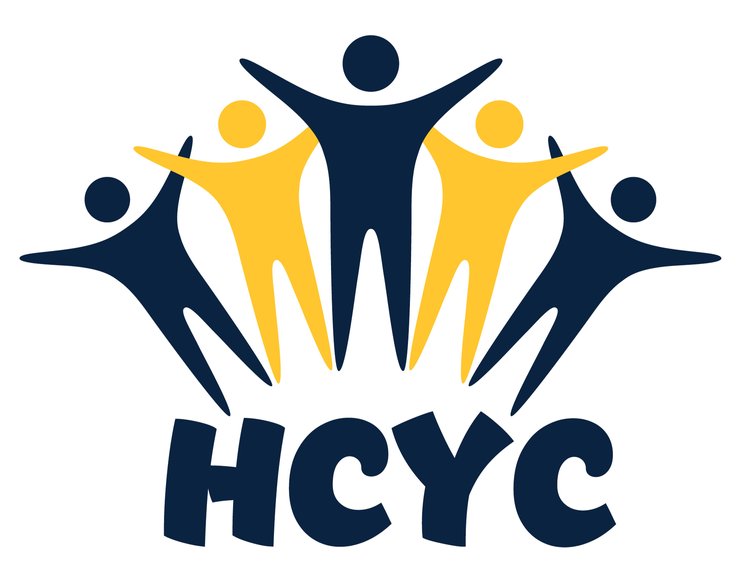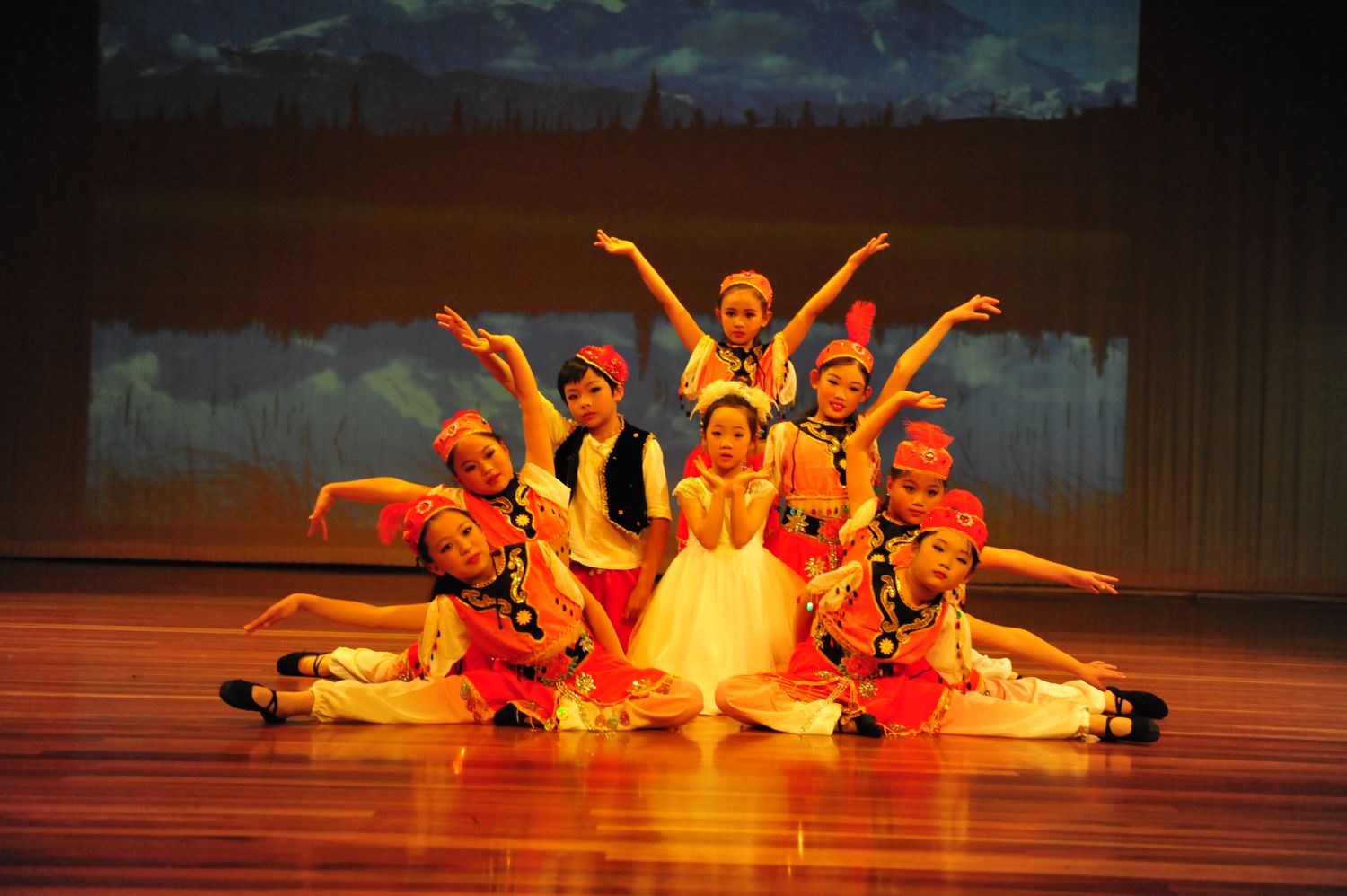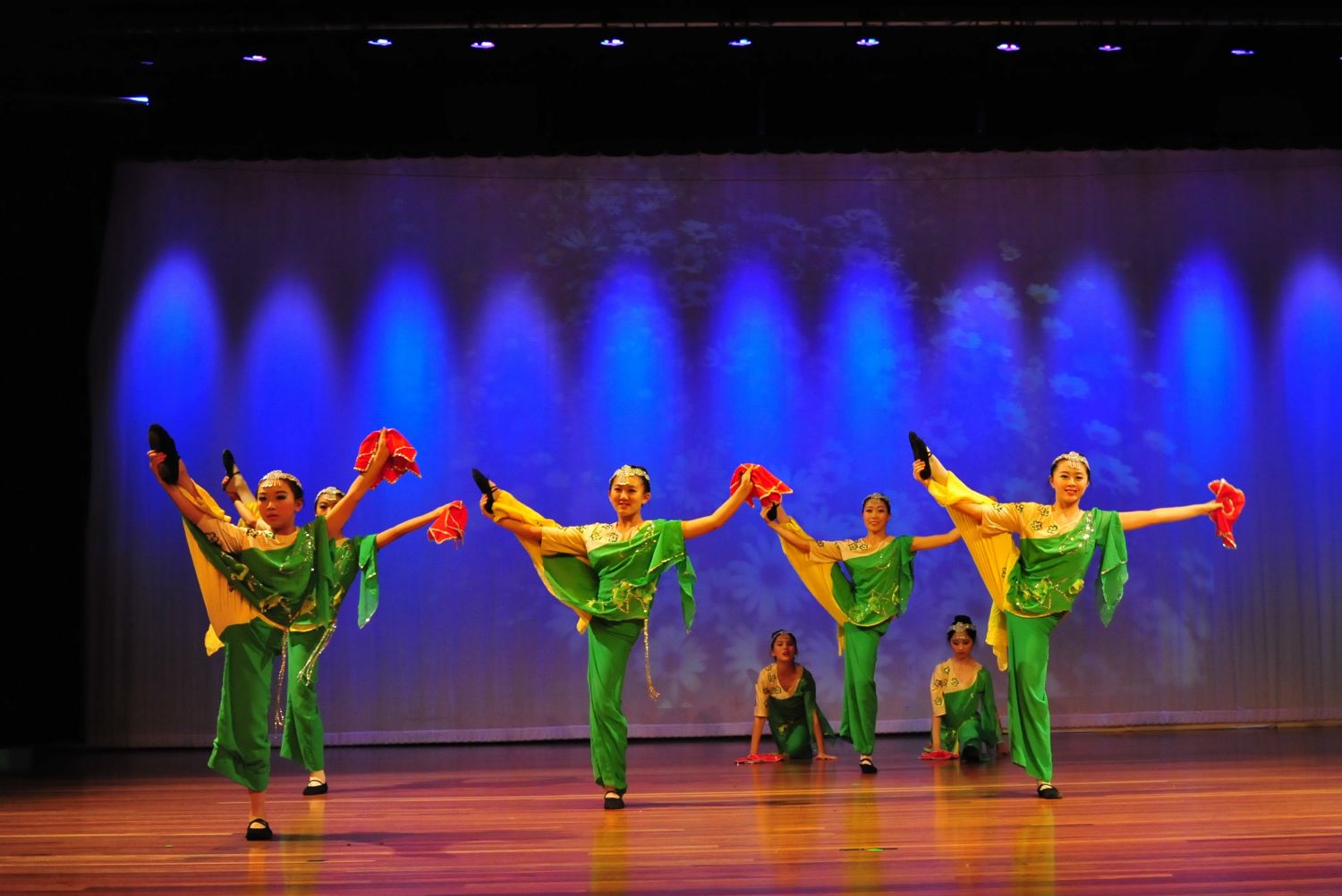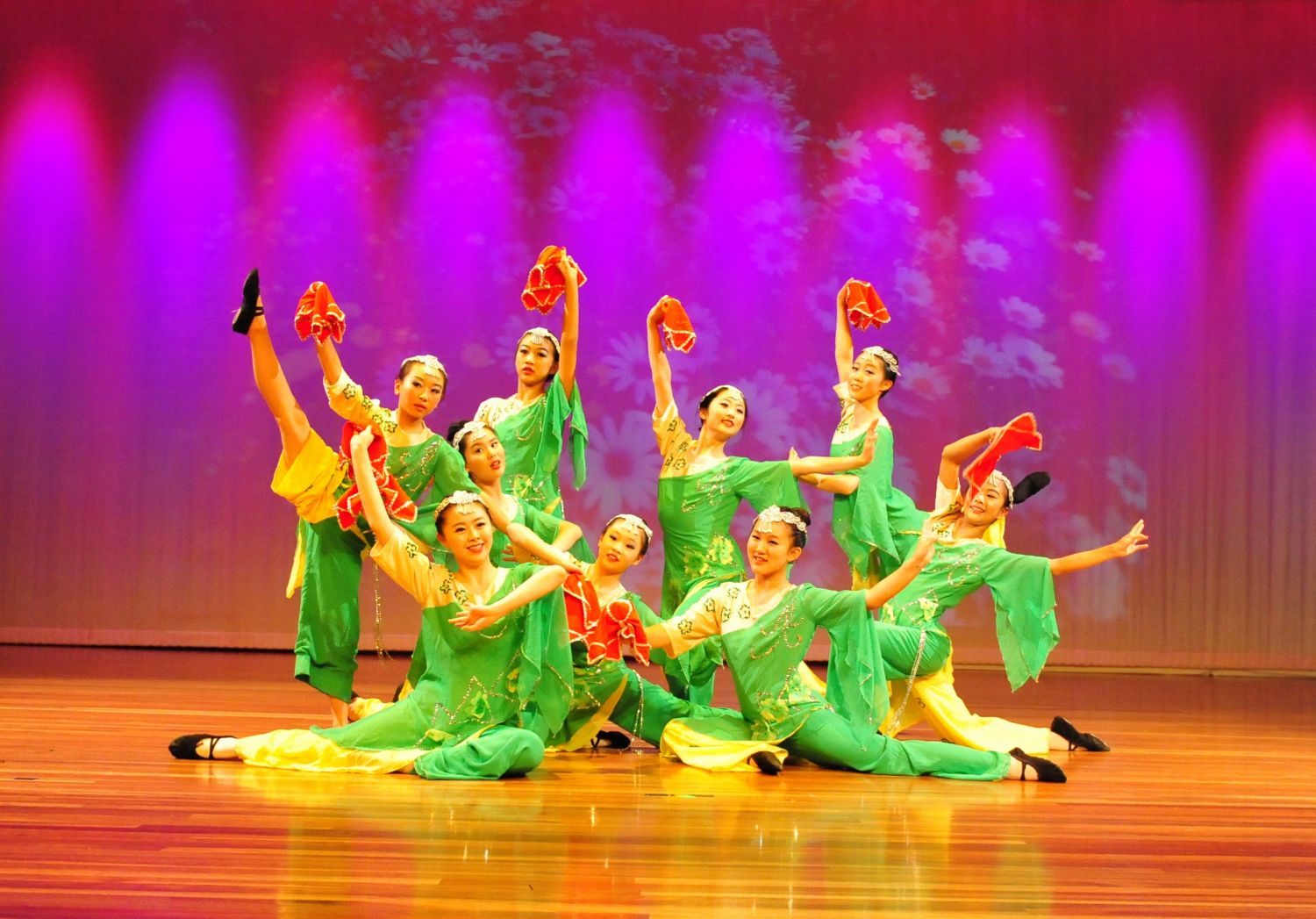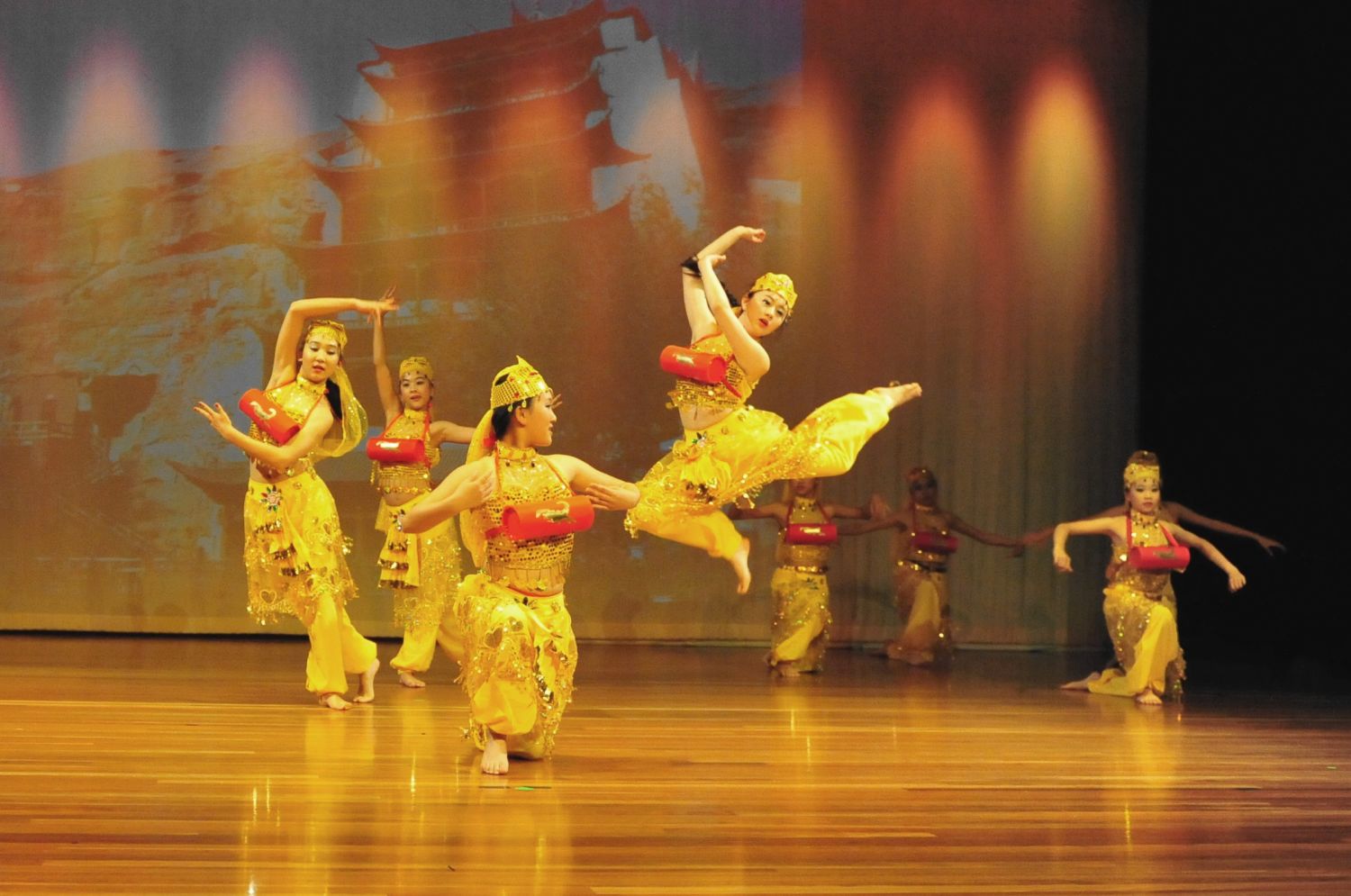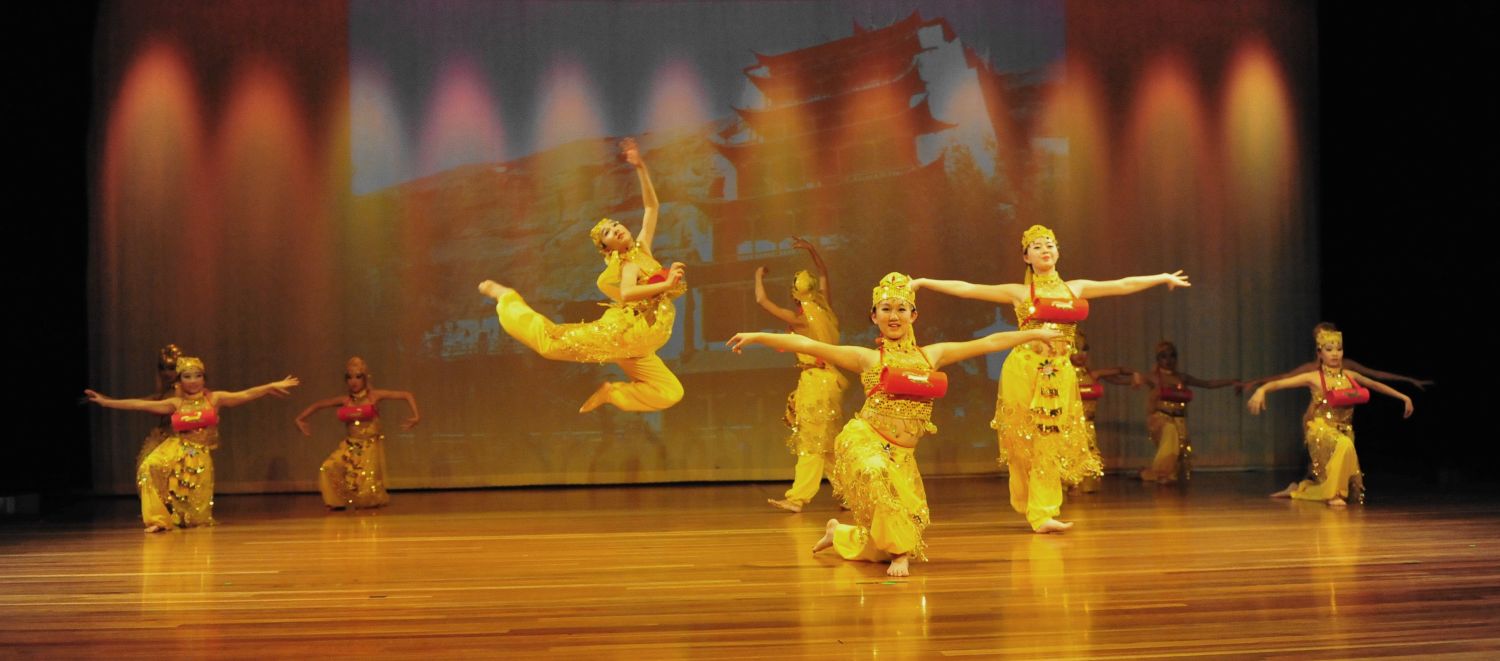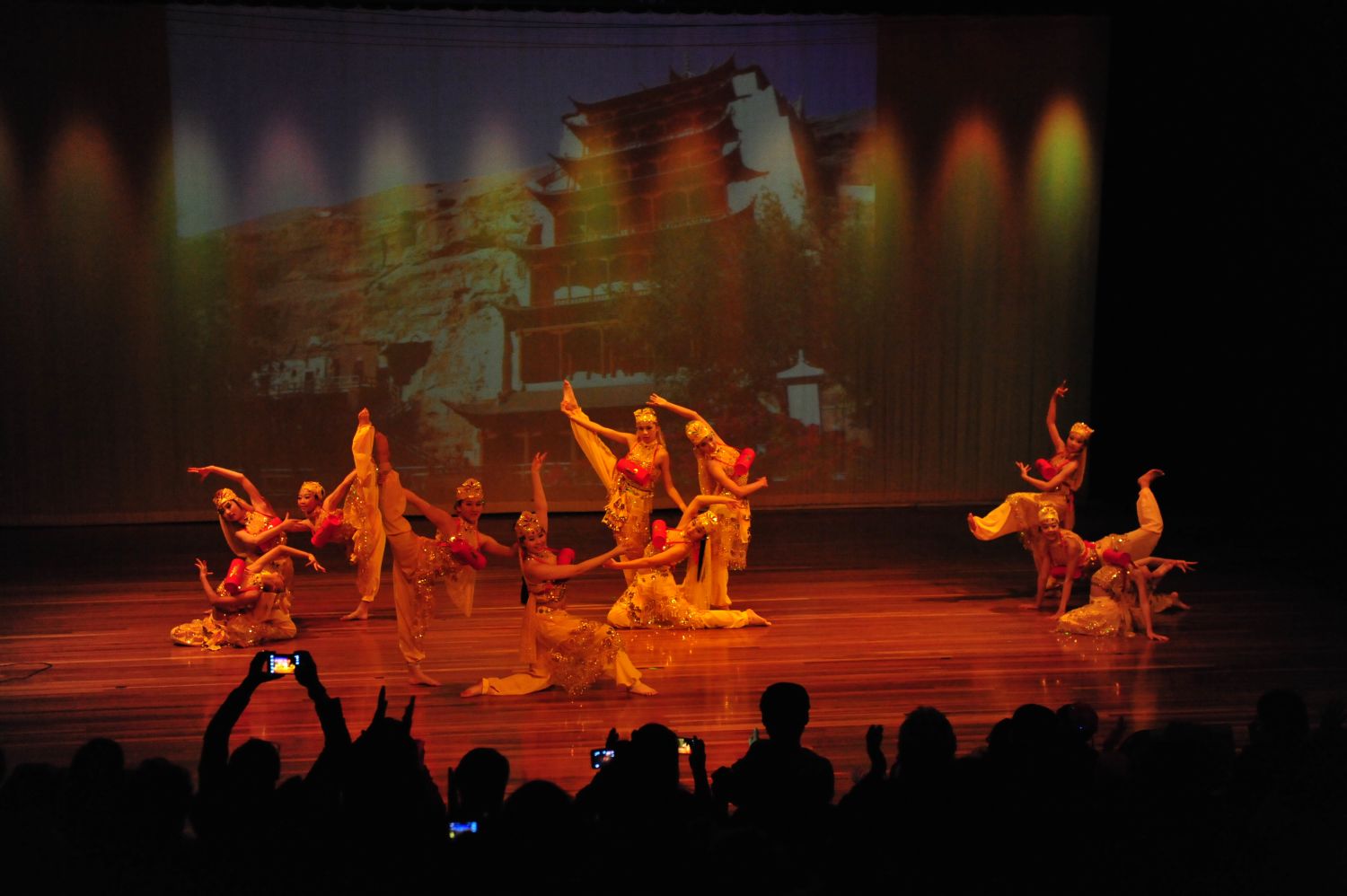Chinese Dance
Inquires
Anna 0423 852 688 (Mandarin)
Michael 0414 862 432 (English)
Main Studio: 241 Auburn Road, Hawthorn VIC 3122
The History of Traditional Chinese Dance
Traditional Chinese dance dates back to the days of the first written Chinese word. Artifacts have been found by archaeologists and historians that suggest the Chinese people of the 4th millennium (B.C.) were already heavily involved with creating choreographed dance. These early dances were most likely performed by common people’s groups and involved dancers locking arms, stamping their feet, and participating in other sounds and movement accompanied by musical instruments.
During the last millennium B.C., Chinese dance styles were divided into two distinct groups - military and civilian dance. The latter incorporated props such as feathers and banners to celebrate every day activities, such as hunting and fishing. With a completely different perspective on life, military dancers carried weapons and practiced much more precise and synchronized motions. This kept the military in top physical shape, and were often used as exercises throughout the years following.
No matter where the locale or what people’s group happened to be partaking in the movement, traditional Chinese dance was always an emotional expression - be it joyful or full of conflicting emotions.
Chinese Dance Today
Today traditional Chinese dance has evolved into a much bigger mainstream persona than every before. Modern Chinese dance is considered to have started in the 1970's, and continues today as new, up and coming dancers, hone their craft and create new and more impressive masterpieces.
Using modern dance forms as their foundation, today's Chinese dance companies flourish. The Cloud Gate Dance Troupe of China is one such example of this. They based their start on Martha Graham's technique and started to fuse it together with Chinese opera. The results are stunning and can often be viewed in performances both nationally and abroad.
Outside of international acclaim, every minority group located within the boundaries of China holds true to its own folk dance traditions. Chinese dance is important to all divided cultures making up the nation's expansive population, and can even incorporate singing as well. Aboriginal descendants of Taiwan have also added to the creativity of traditional Chinese dance in smaller people’s groups, with their choreography perfectly capturing the day to day life of China's citizens through gorgeous illustrations of movement. Skills such as flip, bridge, cartwheel etc are an important part of Chinese dance.
Today, a visitor to China can enjoy both mainstream performances featuring China's most excellent elitists in the arenas of ballet and modern dance, as well as cultural choreography not found anywhere else. It is this blend of modern progressiveness and authentic heritage that makes China a wonderful place for dance - either as a performer or spectator.
On Saturdays and Wednesdays our School teaches classical and traditional Chinese dance and skills to the highest standards. Professionalism is our watchword.
Teachers
Anna Degree in Dance and Movement, Beijing University
Jing Diploma in Dance, Beijing University
Snow Diploma in Dance, Beijing University
